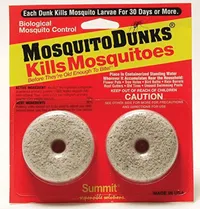Got bites but can't see any bugs? Pest experts reveal what they could be
Here are common biting bugs you might have in your home right now
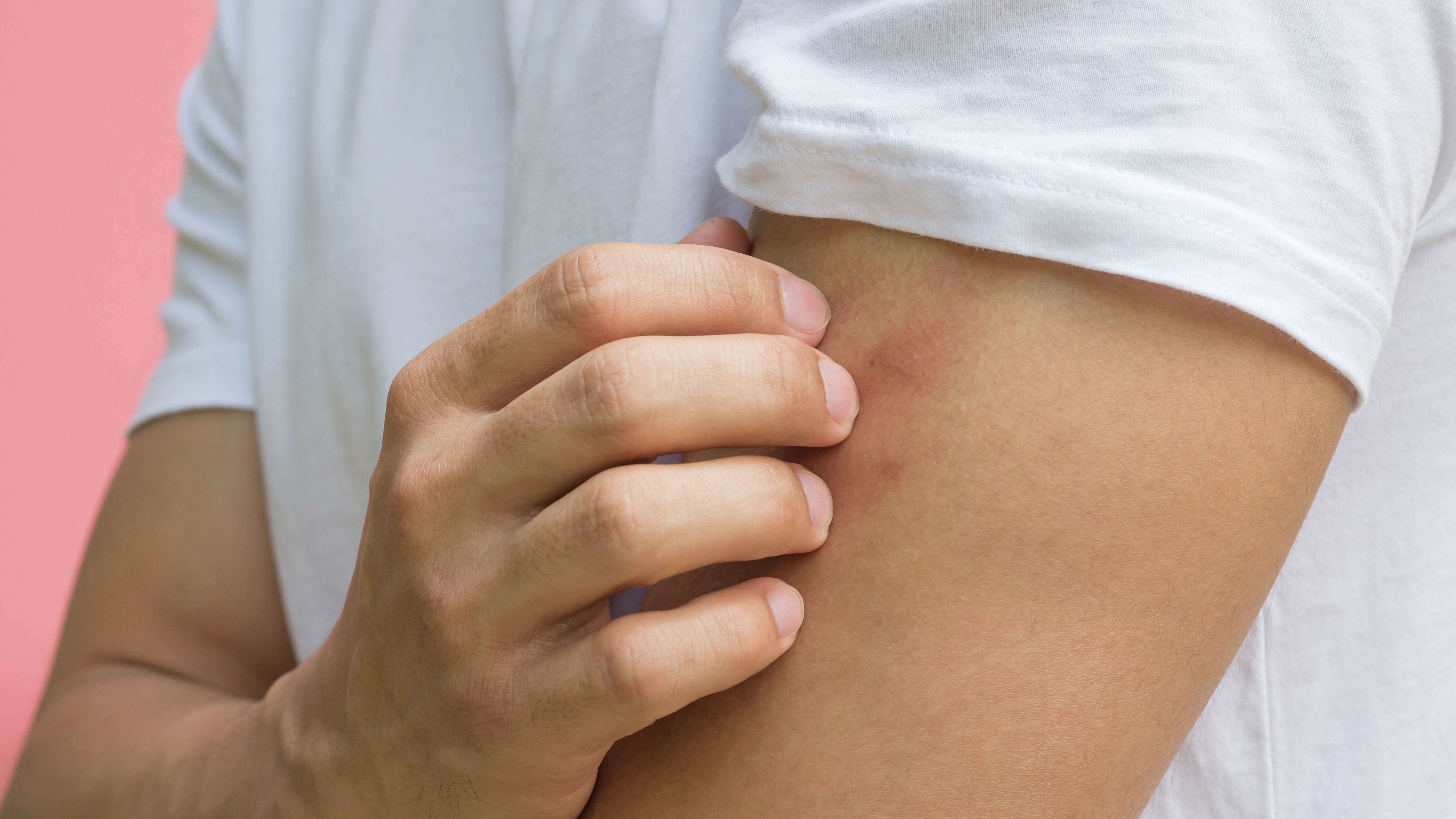
It’s always concerning when you suddenly have red, itchy bumps on your skin. And if you suspect it's a bite, but can't spot any bugs in your home, it can be just as frustrating. Plus, the last thing you want is to deal with an infestation.
According to pest experts, there are some biting bugs commonly found indoors that could be the reason for your woes. What’s more, there are visible signs to look for to determine which type of pest it could be. That way, you can take preventative measures — especially if you get bitten in your sleep!
Before you go and inspect your home, it's important that you seek advice from your health practitioner if symptoms worsen. This is to rule out any medical conditions or allergic reaction to anything specific.
In the meantime, we’ve asked the experts how to identify which bug might be the cause of your bites — and what to look out for when they’re present.
1. Mites
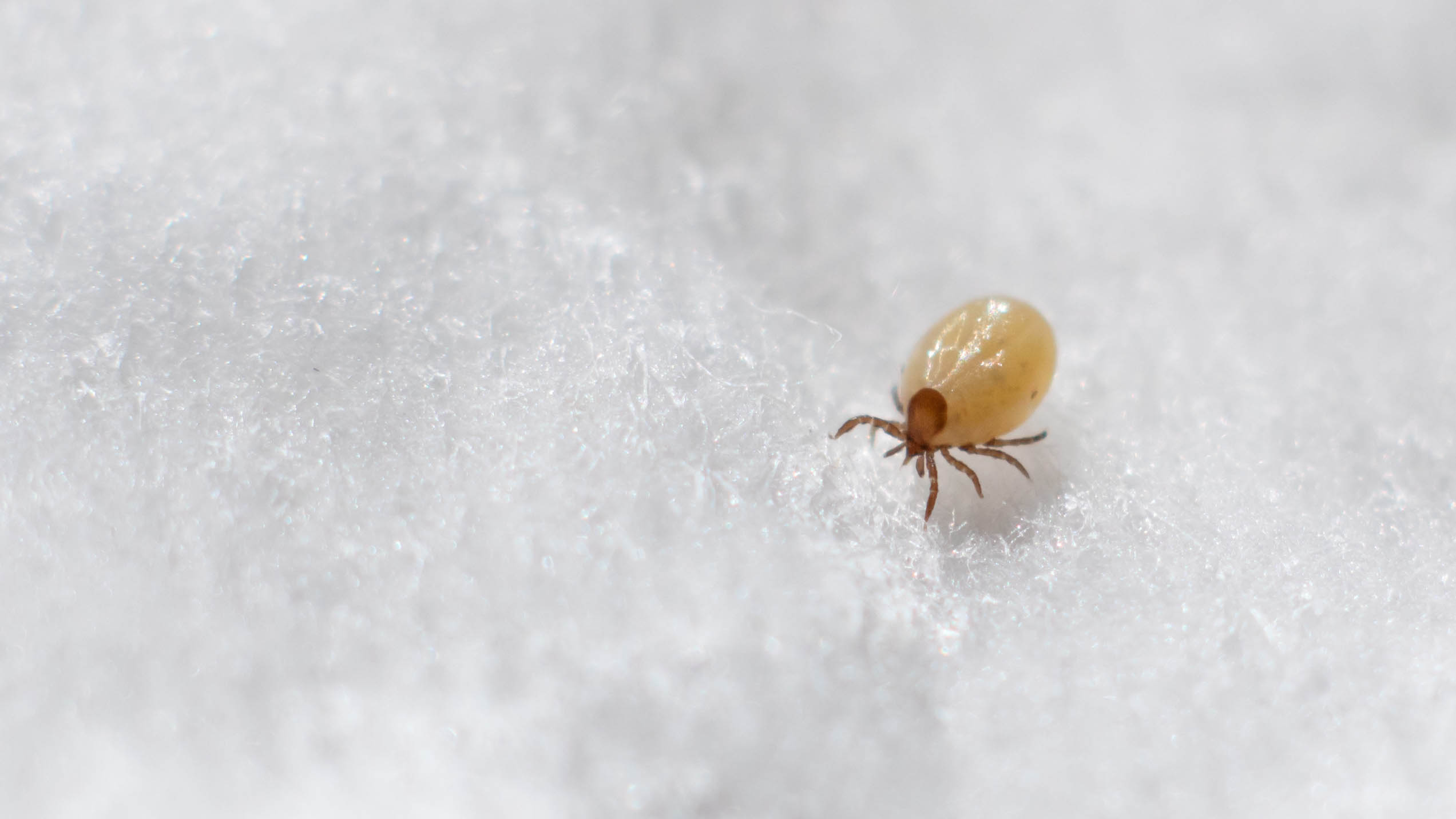
One common bug in households are mites. Essentially, mites are microscopic, archnids with eight legs, and feed on human skin. They are transmitted mostly by physical contact with another affected human or pet.
“Mites are so small that they look like tiny white specks of sand moving around,” says John Stewart, pest training manager at Pelsis Group. “So it is best to use a dark sheet of paper or card to detect them. If present, it is likely they will be present in their thousands so it may be sensible to consult a professional pest controller to help deal with the infestation.”
So how do you know if you’ve been bitten by mites? “Mite bite symptoms can vary for every person but they generally appear as a rash, hard or inflamed bumps that look red on light skin, and dark purple or brown on darker skin,” states Mihail Velev, pest technician at Fantastic Pest Control. “ These are also itchy and swollen. Usually, mite bites are very small and don’t create a noticeable puncture like the majority of other bug bites. They are usually considered harmless and, at most, can cause acne”.
Get instant access to breaking news, the hottest reviews, great deals and helpful tips.
In addition, it’s advisable to wash any fabrics or bedding in hot water (at least 130 F) to kill mites, or put in the clothes dryer on high heat for at least 15 minutes. Ensure you thoroughly dust and vacuum clean around the home weekly to eliminate mites.
2. Bed bugs
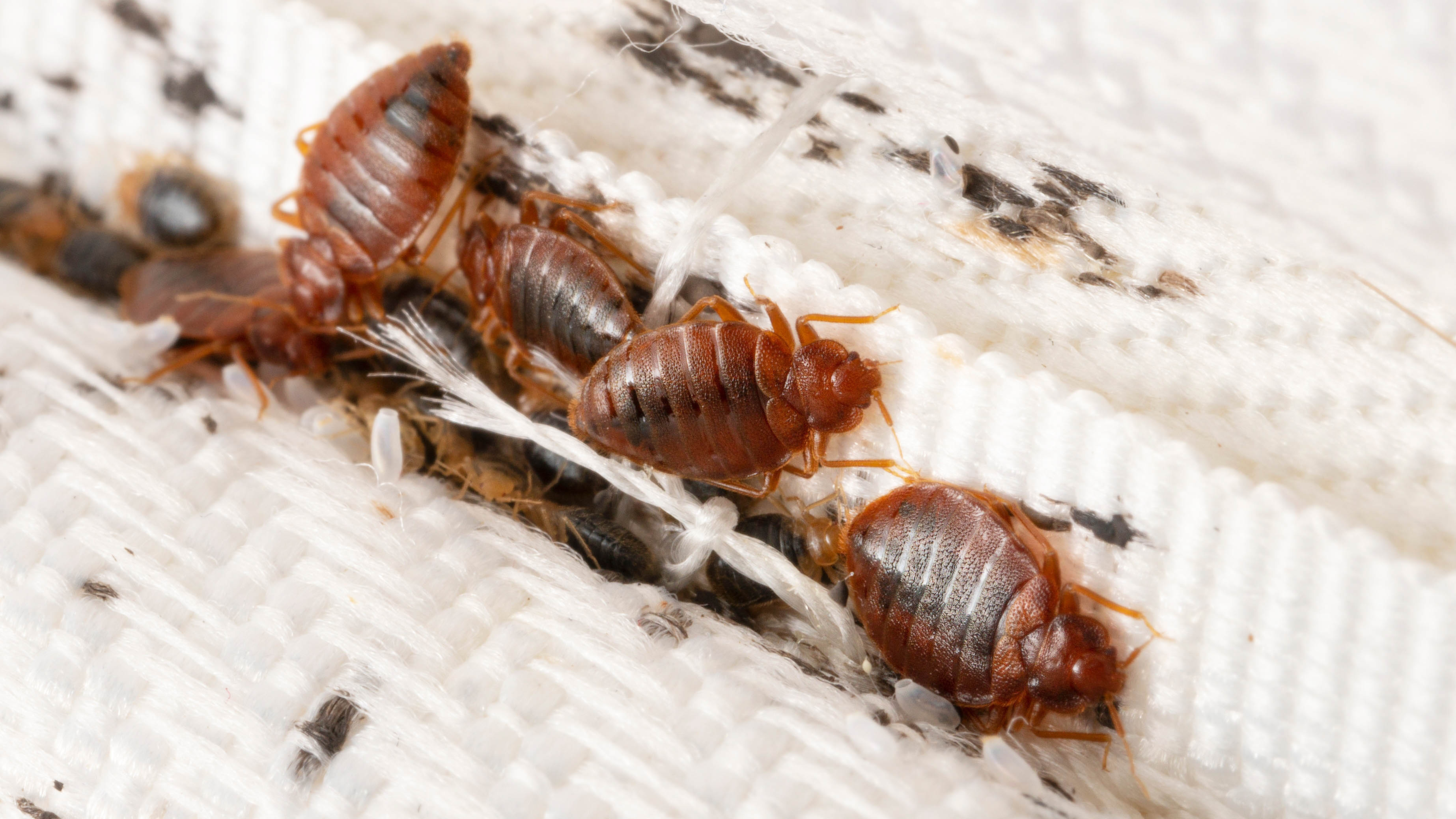
Similarly, bed bugs could be the cause of your bites, and can be found hiding in several places around the home other than your mattress. Typically, adult bed bugs are 5mm in length, and are flattened, oval-shaped insects. You won’t be able to see them during the day as that’s when they hide — bed bugs only come out at night to feed on humans.
“There have been a lot of problems with bed bugs over the last years and they have proven to be very common indoor bugs,” states Velev. “Usually, you can spot bites from them in the morning, as well as rust-colored spots on your bedsheets. This is because their bites on humans generally happen only in areas near their nesting sites which are typically bed mattresses and any other furnished furniture pieces.
"Bed bug bites are painless but can lead to itching and inflammation, and are sometimes also followed by red blotches on the skin. To identify if your bite was caused by bed bugs, look for clusters of bug bite marks, which should typically be on your face, neck, arms, hands or any other body parts that have been exposed, especially after sleeping. Some people have no reaction to bed bugs and won’t notice the bite marks, but they also don’t always show up immediately and can take up to two weeks to develop.”
While these tiny pests don’t carry disease, you’ll still need to know how to get rid of bed bugs, to reduce the risk of irritation, and keep your home hygienic. There are various chemical-based, and non-chemical methods of killing bed bugs. However, if in doubt, always call out the pest specialists to inspect, with the necessary treatments.
3. Fleas

Fleas are tiny, wingless insects, about 2 to 6 mm in length, that are commonly found in households that have pets. Such parasitic insects typically feed on blood, but they usually require an animal host to bring them indoors.
“Fleas are more common in pet-owning households, as a dog or cat may inadvertently bring them into the house,” agrees Stewart. “They can be easily detected, however, by wearing light coloured trousers and they can be spotted when they jump on. However if you’d rather avoid the contact, you can place a bowl of warm water with a little washing up liquid and a candle in it on the floor. This will attract them.”
So what are the common signs of a flea bite? “The bites from them on humans tend to happen mostly on the lower part of the legs in the form of a small, discolored bump,” states Velev. “There can also be a discolored ring around the bite. Flea bites can appear both in a straight line and a cluster of many bites and most commonly happen on your legs, specifically your feet, calves and ankles.”
For preventative tips, check out our guide on how to get rid of fleas on your pets and in your home.
4. Mosquitoes
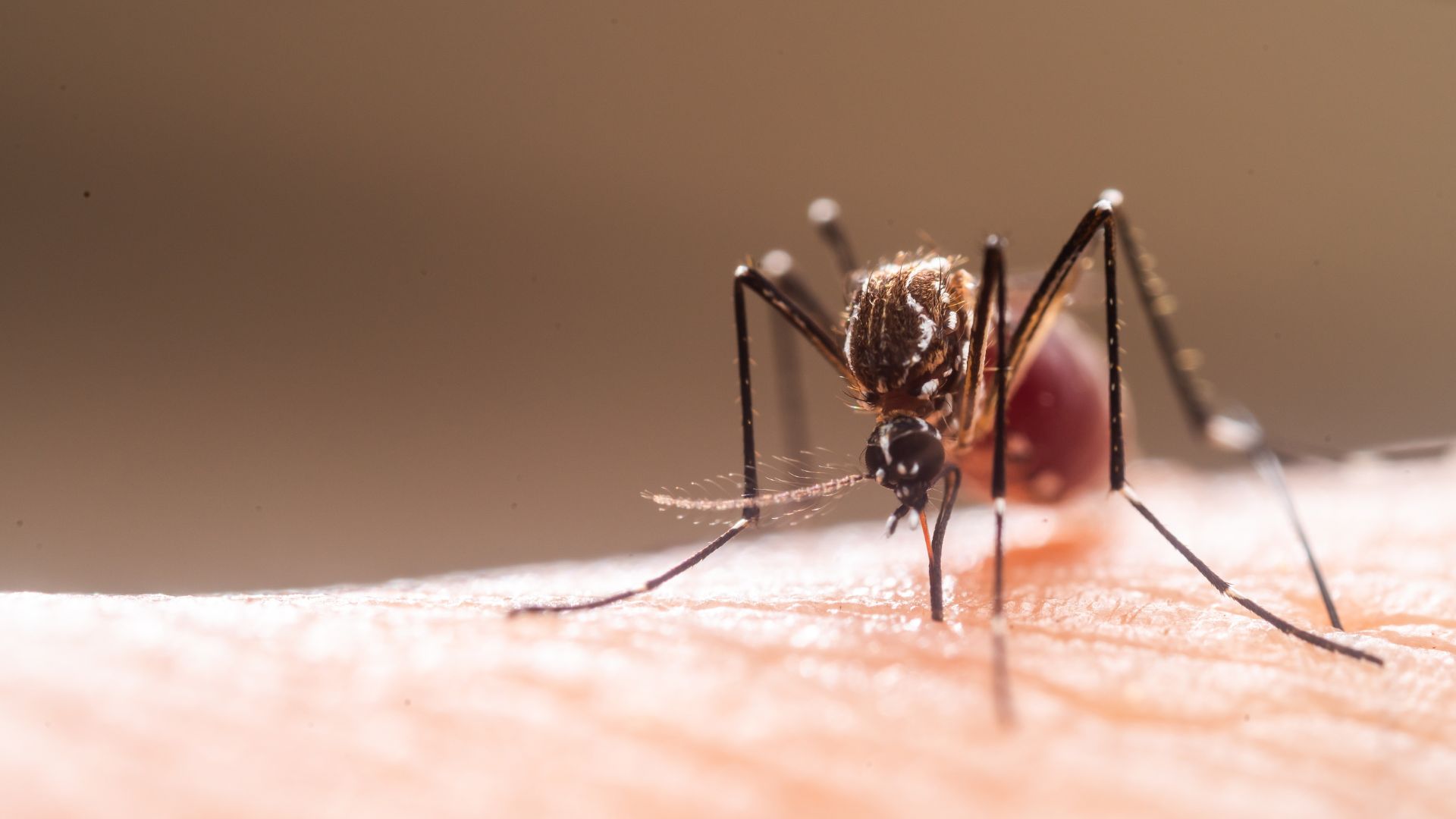
Perhaps one of the more common biting bugs, mosquitoes tend to frequent our bedrooms during summer or humid conditions. “Mosquitos are generally very small, around 2 to 4 mm in size, looking like flies,” says Velev. “Usually, they live outdoors, but can easily also enter homes. Most mosquito species are active in the evenings and early mornings, because the temperature is cooler.”
If you find yourself with raised welts on an area of your skin, you might be dealing with mosquitoes. “Bites look slightly swollen and red, similar to bed bug ones, and can itch and be irritating. The symptoms usually develop quickly after a person has been bitten and get progressively worse over the following 8 to 12 hours. Unlike bed bug bites, mosquito bites don’t usually appear in clusters and it can take up to 10 days for a bite to heal completely. Keep in mind that mosquitos can spread diseases, such as Zika virus, West Nile virus, malaria, Chikungunya virus and dengue.”
Luckily, there are several ways to prevent mosquito bites at night, or you could try making a non-toxic mosquito trap in 7 easy steps.
Plus, learning how to get rid of mosquitoes can help keep them out of your yard too — especially if you want to haul out your best grill this summer.
Summit Mosquito Dunks, 2-pack: $7 @ Amazon
Formulated to release effective levels of BTI for a period of 30 days, this two-pack of mosquito dunks is non-toxic and will kill mosquito larvae before it has the chance to bite.
What if I still can’t find any bugs?
If you’re still suffering with red or itchy rashes, and can’t seem to identify any bugs in the home, it’s worth checking your symptoms with a medical practitioner.
“Keep in mind that identifying bug bites isn’t always easy, and the symptoms vary depending on the type of bite and the person,” states Velev.
“All of the above-mentioned bug bites will have similar characteristics, such as pain, itching, swelling and redness. If you’re unable to identify exactly which one of the bugs it was caused by, it’ll be best and safest to consult a professional in case you have some type of allergy or skin sensitivity that can cause complications.”
More from Tom's Guide
- Here's 7 things that attract mosquitoes to your yard
- Plus, 5 pests that bite you in your sleep
- 5 things not to do when repelling pests, according to experts

As the Homes Content Editor, Cynthia Lawrence covers all things homes, interior decorating, and garden-related. She has a wealth of editorial experience testing the latest, ‘must-have’ home appliances, writing buying guides and the handy ‘how to’ features.
Her work has been published in various titles including, T3, Top Ten Reviews, Ideal Home, Real Homes, Livingetc. and House Beautiful, amongst many.
With a rather unhealthy obsession for all things homes and interiors, she also has an interior design blog for style inspiration and savvy storage solutions (get rid of that clutter!). When she’s not testing cool products, she’ll be searching online for more decor ideas to spruce up her family home or looking for a great bargain!
